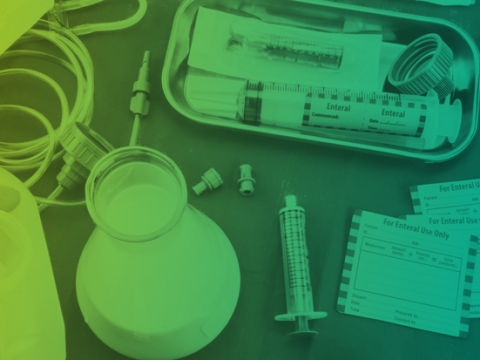August 17, 2020
With over 30%* of all operational expenses, purchased services can be a revealing spend category for healthcare systems. Why? Purchased services often act as a litmus test for how well an organization systematizes its operations, communicates across departments, and optimizes their resources. Ultimately over the next decade, the health systems that fine-tune their purchased services management process will thrive, while everyone else falls behind.Purchased Services Quick Facts: Purchased services include any and all services that are performed by a third-party vendor rather than done by the health system itself. Examples include landscaping services, credit card processing, and transcription. Health systems […]









